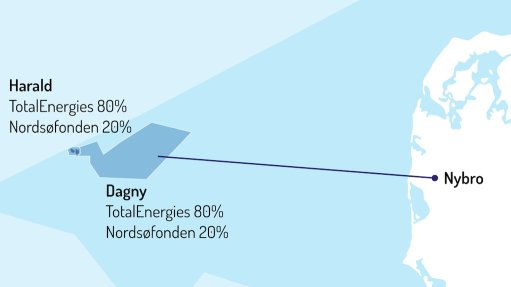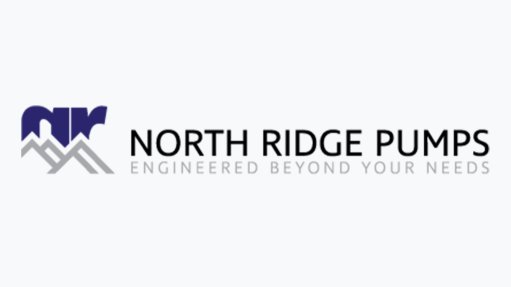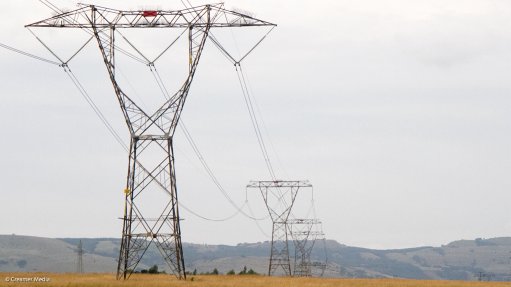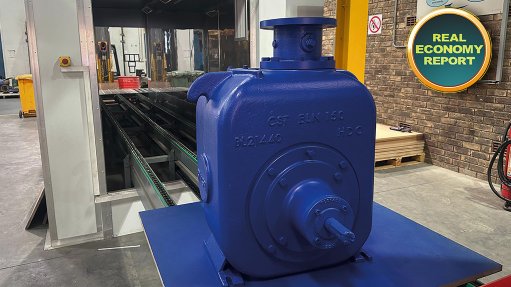New double sensor transmitter launched
Isolated pressure transducers and transmitters measuring technology manufacturer Keller, represented in Southern Africa by Instrotech, announced the launch of the Series PRD-33 X, in November.
This differential pressure transmitter features a double sensor for measuring the differential and line pressure independently, says the company.
Combining these benefits opens up new possibilities, such as measuring the levels in liquefied gas tanks safely, accurately and at a reasonable price.
The PRD-33 X has two independent sensors and measures the line and differential pressure.
The transmitter achieves its particularly high accuracy level of up to about 0.05% full scale, owing to its calibration over the entire pressure, and temperature range, and the mathematical model calculated in this way corrects all repeatable errors.
Therefore, the high level of accuracy is guaranteed as an error band within the overall compensated range. The floating assembly of the sensor unit provides the ideal protection from external forces during installation, says Keller.
Measuring the Level in Pressure Tanks
Pressure tanks impose particular requirements on pressure transmitters. The closed systems require two measurements to determine the level – one for the tank pressure and one for the liquid pressure.
Owing to its two sensors, the PRD-33 X achieves this in one measurement process. All transmitter parts that come into contact with the medium are made from high-quality materials such as stainless steel AISI 316L, silicone, gold and silicon.
The PRD-33 X is therefore perfectly suitable for use with liquid oxygen, argon, nitrogen, helium and carbon dioxide.
High Overload Resistance
The requirements become even more extensive with cryogenic liquefied gases.
Tanks that are smaller than 3 m can have a differential pressure range of only 200 bar – with a line pressure of up to 32 bar.
With its line pressure compensation of 0 bar to 40 bar, the PRD-33 X can tackle this challenging combination. When the tank is being filled or the valve is being used, the entire tank pressure can hit one side of the differential pressure transmitter.
The PRD-33 X also copes with the resulting 32 bar uneven overloading with its overload resistance of about 35 bar.
Article Enquiry
Email Article
Save Article
Feedback
To advertise email advertising@creamermedia.co.za or click here
Comments
Announcements
What's On
Subscribe to improve your user experience...
Option 1 (equivalent of R125 a month):
Receive a weekly copy of Creamer Media's Engineering News & Mining Weekly magazine
(print copy for those in South Africa and e-magazine for those outside of South Africa)
Receive daily email newsletters
Access to full search results
Access archive of magazine back copies
Access to Projects in Progress
Access to ONE Research Report of your choice in PDF format
Option 2 (equivalent of R375 a month):
All benefits from Option 1
PLUS
Access to Creamer Media's Research Channel Africa for ALL Research Reports, in PDF format, on various industrial and mining sectors
including Electricity; Water; Energy Transition; Hydrogen; Roads, Rail and Ports; Coal; Gold; Platinum; Battery Metals; etc.
Already a subscriber?
Forgotten your password?
Receive weekly copy of Creamer Media's Engineering News & Mining Weekly magazine (print copy for those in South Africa and e-magazine for those outside of South Africa)
➕
Recieve daily email newsletters
➕
Access to full search results
➕
Access archive of magazine back copies
➕
Access to Projects in Progress
➕
Access to ONE Research Report of your choice in PDF format
RESEARCH CHANNEL AFRICA
R4500 (equivalent of R375 a month)
SUBSCRIBEAll benefits from Option 1
➕
Access to Creamer Media's Research Channel Africa for ALL Research Reports on various industrial and mining sectors, in PDF format, including on:
Electricity
➕
Water
➕
Energy Transition
➕
Hydrogen
➕
Roads, Rail and Ports
➕
Coal
➕
Gold
➕
Platinum
➕
Battery Metals
➕
etc.
Receive all benefits from Option 1 or Option 2 delivered to numerous people at your company
➕
Multiple User names and Passwords for simultaneous log-ins
➕
Intranet integration access to all in your organisation

















